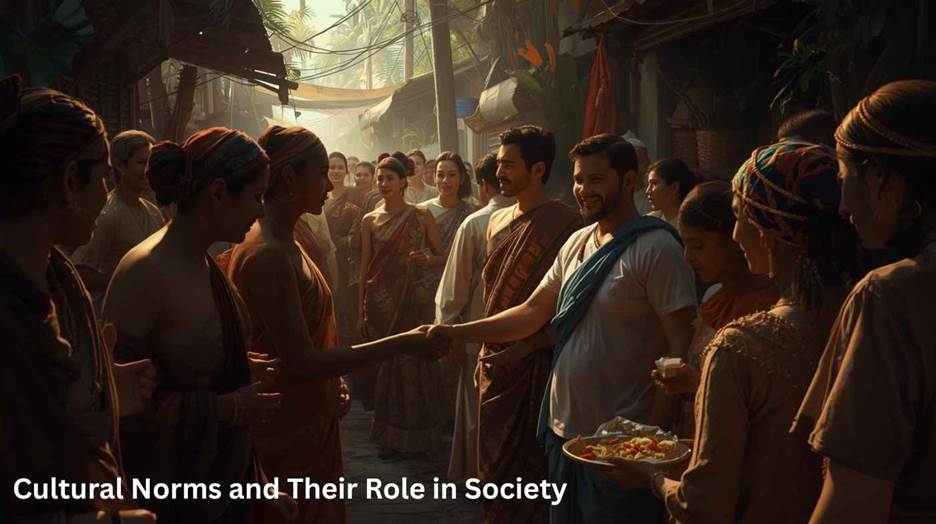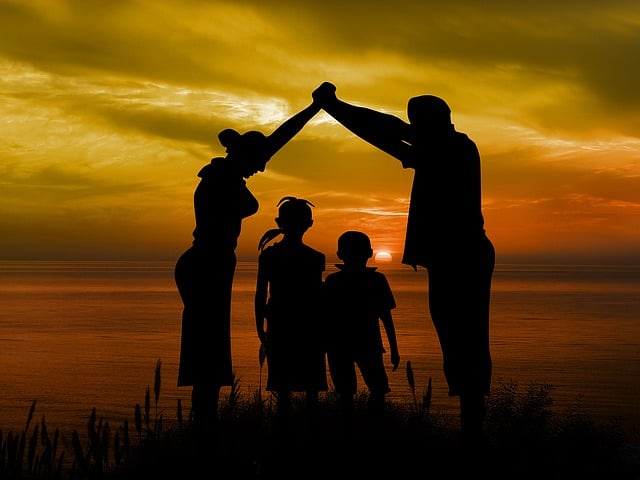Human societies are built on shared values, traditions, and expectations. At the core of these elements lie cultural norms, which shape how people behave, interact, and communicate within their communities. These unwritten rules guide everything from the way individuals greet each other to how they celebrate important life events. While they may vary across regions and societies, cultural norms are essential for creating unity and order in human interaction. This article explores the meaning, importance, and influence of cultural norms on personal and collective life.
Table of Contents

What Are Cultural Norms?
Cultural norms are the accepted rules of behavior that members of a society consider appropriate and expected. They function as social guidelines that shape human conduct, ensuring individuals act in ways that maintain harmony. For example, in some cultures, maintaining eye contact reflects honesty and confidence, while in others, it can be seen as disrespectful. These differences highlight how deeply cultural norms influence perception and behavior.
The Role of Shared Expectations
By following cultural norms, people align themselves with the values of their community. This not only avoids social conflict but also reinforces a sense of belonging. Shared expectations allow groups to work together smoothly, creating trust and predictability in everyday life.
Types of Cultural Norms
Folkways
Folkways are everyday social rules that guide casual interaction. Examples include saying “thank you,” greeting others politely, or dressing appropriately for different occasions. While violating these may not lead to severe consequences, it can cause discomfort or social disapproval.
Mores
Mores are stronger cultural norms tied to moral values. They often carry greater significance, such as honesty, loyalty, and respect for life. Breaking mores usually results in stronger social punishment because they are directly linked to what a community sees as right or wrong.
Taboos
Taboos are the strictest form of cultural norms. They involve actions that are strongly forbidden, such as eating certain foods in some religions or violating sacred rituals. Breaking a taboo often results in strong reactions, including exclusion or legal consequences.
Laws
While laws are written and enforced by governments, they often stem from cultural norms. For instance, traffic rules, anti-theft laws, and regulations against violence reflect shared beliefs about safety and fairness.
Why Cultural Norms Matter
Creating Social Order
Without cultural norms, social life would be chaotic. They provide a framework for expected behavior, reducing misunderstandings and conflicts. Whether it is waiting in line, showing respect to elders, or following community traditions, these norms ensure stability.
Preserving Identity
Every community has unique cultural norms that reflect its history, values, and traditions. By practicing these norms, individuals connect with their heritage and strengthen their cultural identity. This is particularly important in a globalized world, where local traditions can sometimes be overshadowed by outside influences.
Promoting Cooperation
Cultural norms encourage cooperation by promoting fairness and mutual respect. They teach people how to behave in ways that benefit both individuals and the group. For example, teamwork in workplaces is often guided by professional norms that reflect broader cultural expectations.
Cultural Norms Across Societies
Variations in Communication
In Western societies, direct communication is often seen as a sign of honesty. In contrast, many Asian cultures value indirect communication to avoid confrontation. These differences in cultural norms shape how individuals express respect and maintain relationships.
Rituals and Traditions
Celebrations, religious ceremonies, and family gatherings all reflect cultural norms. For instance, bowing as a greeting in Japan, handshakes in the United States, or cheek-kissing in parts of Europe all show how customs vary but serve the same purpose strengthening social bonds.
Gender Roles
Different societies establish specific cultural norms around gender. While some cultures emphasize traditional roles, others promote equality and flexibility. These norms continue to evolve as societies adapt to modern values and global conversations.

The Impact of Changing Cultural Norms
Influence of Globalization
With globalization, many cultural norms are blending or shifting. People are increasingly exposed to different traditions, which can create both harmony and conflict. For example, business etiquette in multinational companies often requires a mix of local and global cultural awareness.
Technology and Social Media
The rise of technology has changed how people follow and interpret cultural norms. Online communication creates new standards of behavior, such as digital etiquette, privacy expectations, and expressions of identity. Social media platforms have even created global trends that influence cultural practices.
Generational Shifts
Younger generations often challenge older cultural norms, pushing for progress in areas like gender equality, human rights, and freedom of expression. While this may cause tension, it also fosters growth and adaptation within societies.
Balancing Respect and Change
Respecting cultural norms is essential for maintaining harmony, but adaptation is equally important for social progress. Striking this balance requires cultural sensitivity, openness, and understanding. Travelers, professionals, and global citizens must learn to respect traditions while also embracing diversity.
Conclusion
Cultural norms are the invisible threads that weave societies together. They shape communication, influence traditions, and preserve identity. While they differ from one culture to another, their function remains the same: to provide structure and meaning in human interaction. As the world becomes more interconnected, recognizing and respecting cultural norms becomes vital for harmony and cooperation. By understanding these unwritten rules, we not only honor tradition but also build bridges across cultures, fostering a world where diversity is respected and unity is celebrated.